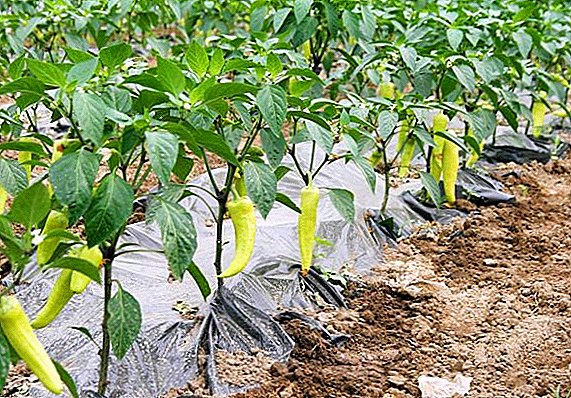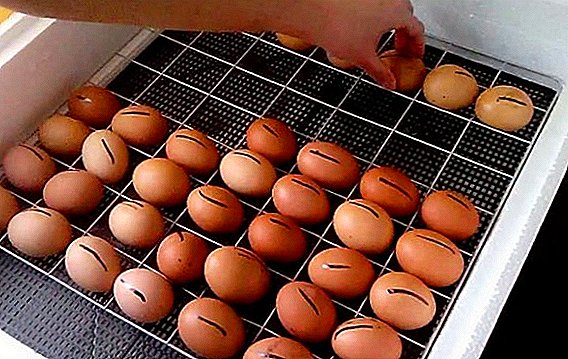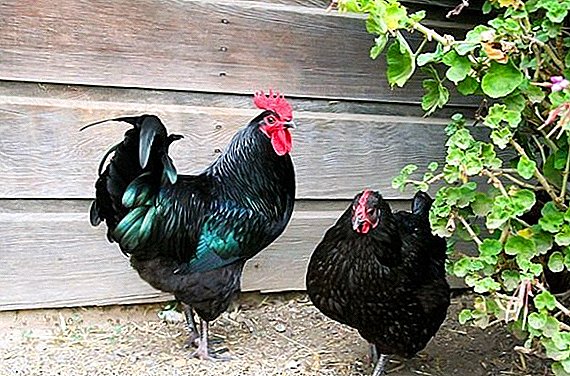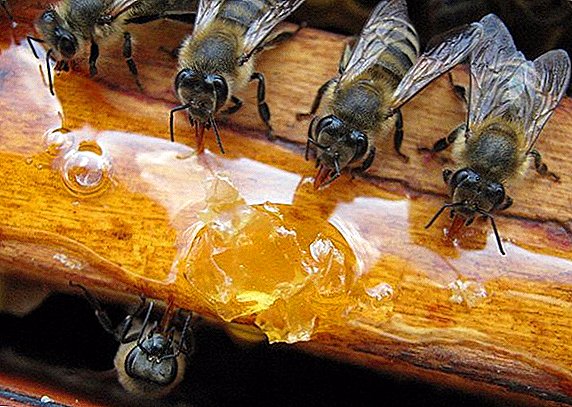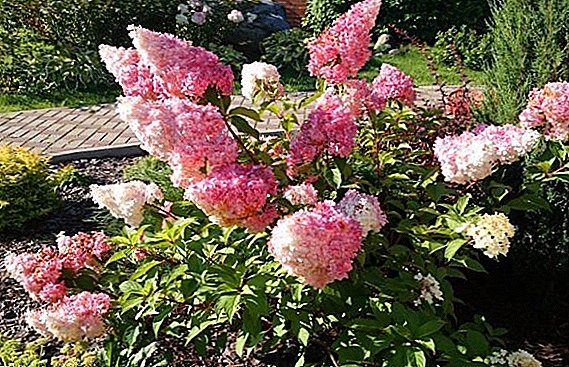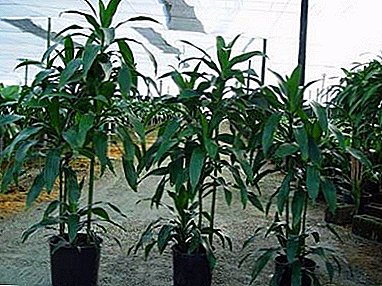
The genus Dracena includes more than 150 species of tall and stunted palms growing in West Africa, Madagascar and in the tropical forests of the Old World.
Dracaena Janet Craig - one of the most spectacular plants with monochromatic dark green leaves, which fits perfectly into the interior in the style of high-tech.
According to Feng Shui philosophy, this palm is capable empower your masters with will and characterand also bring harmony into the house. Scientists also proved that it cleans the air from harmful impurities better than other plants.
Description
 Janet Craig (Janet Craig) - a kind of dracen, whose leaves are painted in a uniform dark green color. Leaf plates are smooth, glossy, elongated lanceolate form. In young plants in the first months, the leaves grow in a vertical direction, and their length is usually 30-40 cm, and in adults they grow up to 1 meter and bend downwards.
Janet Craig (Janet Craig) - a kind of dracen, whose leaves are painted in a uniform dark green color. Leaf plates are smooth, glossy, elongated lanceolate form. In young plants in the first months, the leaves grow in a vertical direction, and their length is usually 30-40 cm, and in adults they grow up to 1 meter and bend downwards.
Along the sheet plates are located noticeable grooves (3-4 pieces). Among the cultivated forms are variegated varieties with white, yellow or light green stripes over the entire surface of the leaf or only along its edge.
Trunk shape Janet Craig is little different from other members of the genus. The erect green stem is covered with transverse grayish-green stripes that remain in place of dead leaf plates. The trunk diameter in adult palms reaches 5-8 cm, and the height with proper care can be 2-4 meters. However, flowers with a height of 1.5-2 meters are most often found in room culture.
In room culture, this dracaena blooms extremely rarely. In nature, it produces short inflorescences in the form of a brush or an ear. They are much denser than in other species, which is why they are often called "cones". The petals in the budding stage are colored light pink, and when opened, they are creamy white.
A photo
Dracaena Janet Craig: photos of the plant.



Plant Care
After purchasing a flower, it must be transplanted into suitable soil for it. It is better to do this after the adaptation of the plant in the house, 10-14 days after the purchase.
As a primer for transplantation, it is recommended to take ready substrate for dratsen or self-made mixture of compost, leaf soil, sand and peat in a ratio of 2: 3: 1: 1.
This soil has good breathability, but at the same time is dense enough to hold the palm tree in an upright position. A prerequisite is the presence of a drainage layer with a height of at least 4 cm. As the dragon fruit grows, Janet Craig must be transplanted into a more spacious container. The first 2-3 years it should be done every spring, and then - as the pot is filled with roots, that is, every 2-4 years.
Temperature The content of palm trees in the summer is 22-25 degrees. On warm days it can be taken out on the balcony or put in the garden (always in the shade). In winter, the plant needs rest, so it is placed in a cool room with a temperature not higher than 14 degrees, and watering is reduced to 2 times a month.
Summer water the dragon plant needs regular, but not very abundant, 2 times a week. The roots of the plant do not tolerate overwetting, so it is best to check the soil for dryness at a depth of 4-5 cm from its surface. It should be slightly damp, but not wet to the touch. After watering, it is recommended to plow the soil so that a crust does not form on it.
In addition to soil moisture when growing palm trees It is important to pay attention to atmospheric moisture.. Since the flower comes from the tropics, it responds very well to the sprinkling of leaves. It is necessary to ensure that water droplets fall only on them and do not accumulate in their sinuses. Otherwise, the stem of the plant may be affected by rot.
Watering can be combined with top dressing special formulations for palm trees or non-flowering deciduous plants. Universal fertilizers will also be suitable for flowers. It is necessary to feed the dracaena no more than once a month.
Unlike the variegated varieties, the palm tree Janet Craig does not tolerate contact with leaves in direct sunlighttherefore, it is best to locate the plant in windows of western or eastern orientation. Summer must shading!
In the absence or significant lack of natural light, artificial lighting can be arranged with special fitolamps. The duration of daylight hours must be at least 12 hours.
Breeding
 Palm tree multiplies quite easily top or stem cuttings. Most often for these purposes use adult high dracenes with a bare trunk. As a rule, each trunk segment of large palm trees has a rudimentary dormant bud, which looks like a small tubercle.
Palm tree multiplies quite easily top or stem cuttings. Most often for these purposes use adult high dracenes with a bare trunk. As a rule, each trunk segment of large palm trees has a rudimentary dormant bud, which looks like a small tubercle.
From late February to mid-March, plants are gently divided into cuttings with a sharp disinfected knife. After that, the future dracaenas are placed with the lower end (this is a mandatory condition!) In a mixture of equal parts of sand and peat.
Substrate should be well moistened, and then cover the container with a film or glass cover. For the successful rooting of the cuttings, it is important to maintain a temperature in the mini-hothouse at least 24 degrees.
Within 2-3 weeks cuttings root, which can be seen in the growing kidneys. After that, the cap or film can be removed, and young plants can be moved closer to the window, but not under direct sunlight.
Growing problems
Dracaena Janet Craig is affected by many diseases and pests, but only under the condition of violation of agricultural engineering:
- When the air in the room is too dry, red spider mites, greenhouse aphids and thrips affect the palm tree. Also in such conditions drayseny dry tips of the leaves.
- With increased humidity in the air and soil, the palm tree suffers from bacteriosis, Alternaria and phyllossticosis.
- Constant overmoistening of the earth coma provokes the reproduction of woodlice and worms in it, gnawing on the roots, as well as fungi that increase the acidity of the soil.
With pests recommended to fight folk remedies (soap solution, lye, pepper infusion) and insecticides. To eliminate the rot, it suffices to remove the leaves affected by them and transplant the plant into fresh soil. Bacterial and fungal lesions on the leaves and stem are destroyed by treating the plant with fungicides.
This plant is remarkable in that its appearance can be changed at its own discretion. The crown can be branched, or you can plant several palm trees in one wide pot.
Combining plants of different heights, interweaving their stems, you can build a unique composition that will become a real decoration of your home or office.


